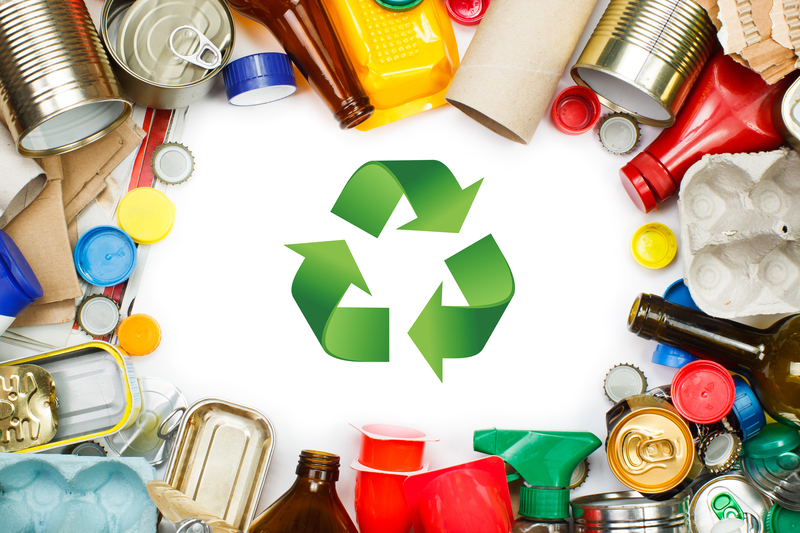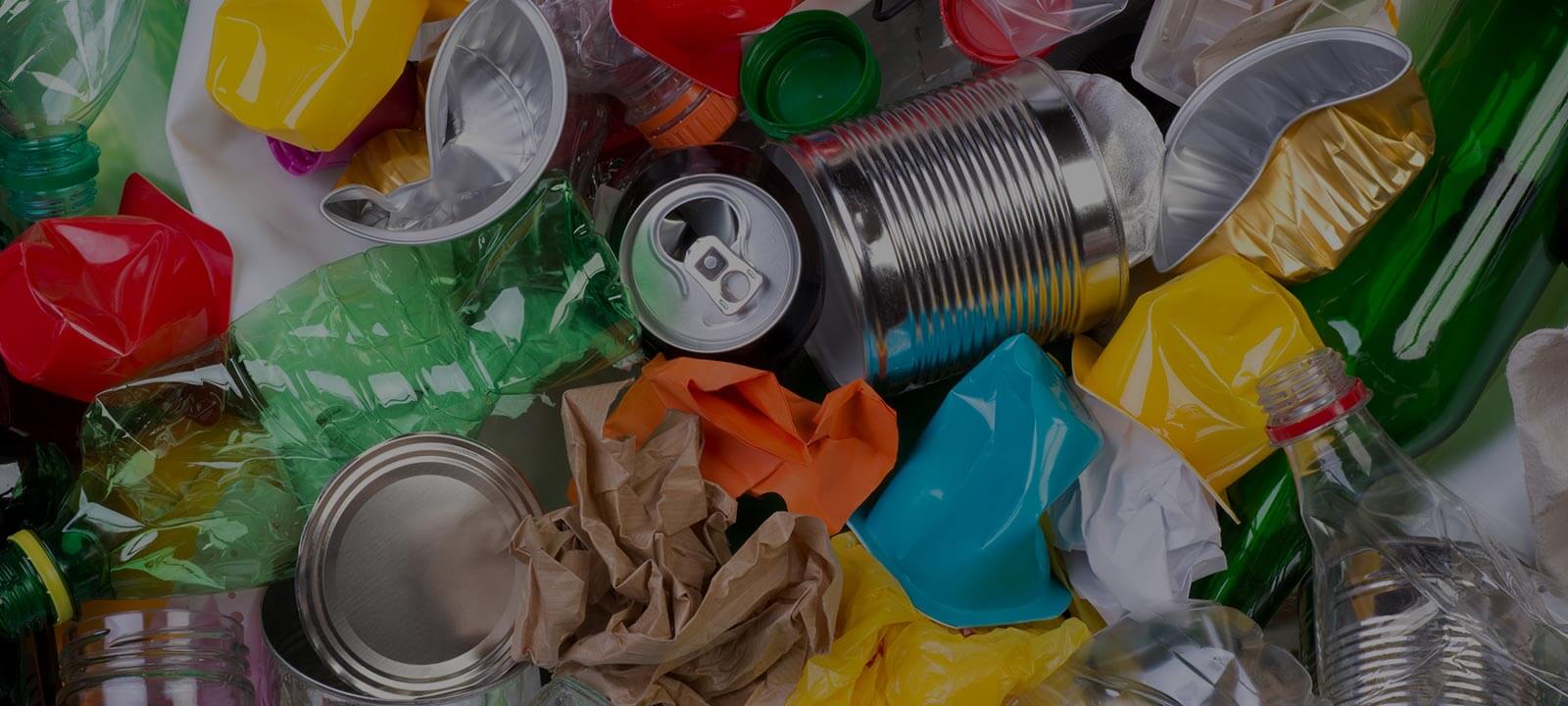How to Recycle E-Waste Responsibly
Posted on 03/05/2025
E-waste, or electronic waste, refers to discarded electronic devices and components such as computers, smartphones, televisions, printers, and other gadgets. These items often contain hazardous materials that can harm the environment if not disposed of correctly.
Why is E-Waste Recycling Important?
Recycling e-waste is crucial for several reasons:
- Prevents toxic materials from causing environmental damage.
- Reduces the volume of waste in landfills.
- Conserves natural resources by recovering valuable materials.
- Promotes economic development by creating jobs in the recycling industry.

Steps to Recycle E-Waste Responsibly
1. Identify Recyclable E-Waste
Begin by identifying all electronic items you need to dispose of. Common e-waste items include:
- Old computers and laptops.
- Mobile phones and tablets.
- Televisions and monitors.
- Printers and scanners.
- Stereos and electronic appliances.
2. Find a Certified E-Waste Recycler
Ensure the recycler you choose is certified by relevant authorities. Certified e-waste recyclers follow strict guidelines to safely manage and recycle electronic waste.
3. Prepare Your E-Waste
Before handing over your devices for recycling, ensure you do the following:
- Backup important data.
- Erase personal information.
- Remove batteries if possible.
4. Use Manufacturer Take-Back Programs
Many electronics manufacturers offer take-back programs for their products. These programs ensure products are recycled responsibly and often include a mail-back option for added convenience.
5. Participate in E-Waste Recycling Events
Local governments and organizations frequently host e-waste recycling events. These events are a great way to dispose of your e-waste safely and responsibly.
Pros and Cons of E-Waste Recycling
Pros
- Environmental protection through reduced pollution.
- Resource conservation by reclaiming valuable materials.
- Economic benefits from job creation in the recycling sector.
- Reduces the burden on landfills.
Cons
- Recycling processes can be energy-intensive.
- Not all e-waste can be recycled efficiently.
- Recycling facilities might not be available in all regions.
- Potential for data breaches if devices are not thoroughly wiped.
Tips for Responsible E-Waste Recycling
- Research local e-waste recycling programs and facilities.
- Donate working electronics to charities or schools.
- Consider repurposing or refurbishing old devices.
- Encourage friends and family to recycle e-waste responsibly.
- Stay informed about the latest e-waste recycling regulations and practices.

Takeaways
Recycling e-waste responsibly is essential for protecting the environment and conserving resources. By following the steps outlined in this guide, you can ensure your e-waste is managed safely and ethically.
Conclusion
Recycling e-waste responsibly is not just a sustainable practice, but a necessary one to minimize the harmful impact on our environment. By identifying recyclable e-waste, choosing certified recyclers, and participating in take-back programs and events, we can collectively make a significant difference. Remember to weigh the pros and cons, stay informed, and spread the word about the importance of responsible e-waste recycling. Together, we can create a more sustainable future.










